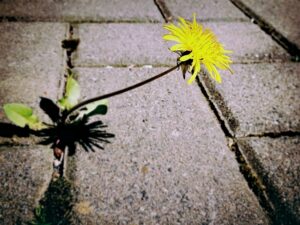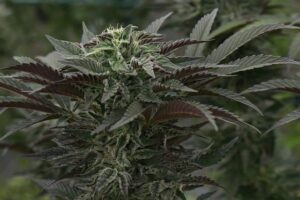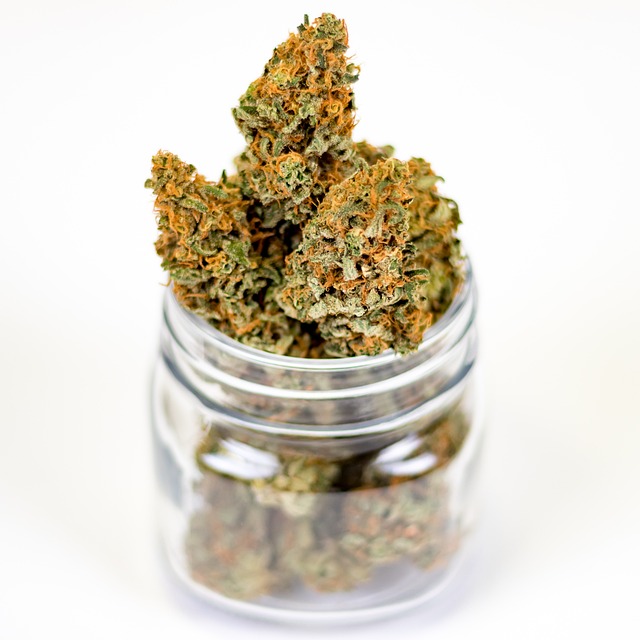
Lab reports on THCA flower have provided comprehensive insights into this non-psychoactive cannabinoid's therapeutic properties and distinct effects. These reports detail the chemical composition, including high levels of THCA with minimal conversion to THC upon heating, alongside significant concentrations of CBD, CBC, and CBN, along with a rich array of terpenes like myrcene, pinene, limonene, and caryophyllene that influence the flower's aroma and flavor. The analyses underscore the importance of environmental factors, such as temperature, humidity, lighting, and soil quality, in maintaining the potency and purity of THCA. They also highlight the potential anti-inflammatory, neuroprotective, analgesic, anti-emetic, and anti-tumor effects of THCA, advocating for more clinical research to confirm these benefits. For consumers, these detailed reports are crucial for making informed decisions about the safety, efficacy, and satisfaction of THCA flower based on its precise chemical makeup. Additionally, they provide guidance on various consumption methods, including inhalation, edibles, and topicals, each offering unique effects and durations. In summary, THCA flower lab reports are essential tools for understanding and utilizing this cannabinoid's potential wellness benefits, ensuring that users and researchers have accurate data to inform their choices and experiences with THCA-rich products.
Explore the multifaceted world of THCA flower, a subject of increasing intrigue in both scientific circles and wellness communities. This article delves into the therapeutic potential, chemical composition, and practical applications of THCA flower, drawing from comprehensive lab reports and clinical studies. Join us as we uncover the nuances of this non-psychoactive cannabinoid and its impact on health, the intricacies of its cultivation, and the diverse ways it can be consumed.
- Unveiling the Potential of THCA Flower: An Overview Based on Lab Reports
- The Chemical Composition of THCA Flower: Insights from Analytical Data
- Therapeutic Properties of THCA Flower: A Closer Look at Clinical Studies
- Cultivation and Harvesting: Factors Influencing the Quality of THCA Flower as Evidenced by Reports
- Utilizing THCA Flower in Various Consumption Methods: Practical Applications and Reported Experiences
Unveiling the Potential of THCA Flower: An Overview Based on Lab Reports
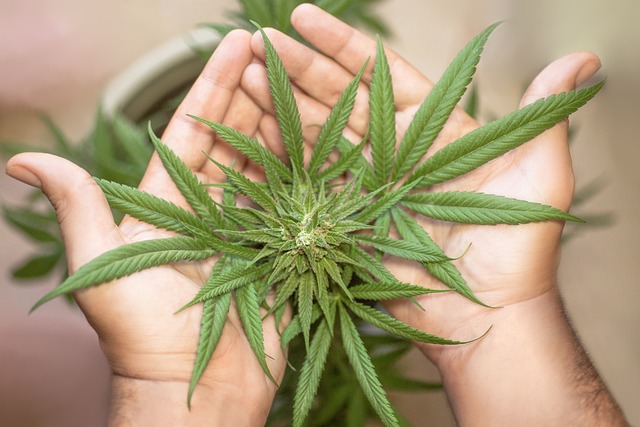
Laboratory analyses have shed light on the therapeutic and recreational potential of THCA flower, a precursor to THC, the primary psychoactive component in cannabis. These lab reports detail the cannabinoid profile, terpene content, and potency of the THCA flower, providing insights into its effects and usage. The findings indicate that THCA, in its raw form, exhibits unique properties distinct from those of THC or CBD, offering a different experience for users. The analyses reveal that THCA flower contains high concentrations of THCA, which, upon decarboxylation—a process involving gentle heating—can convert to THC. This transformation is pivotal for those seeking the psychoactive effects typically associated with cannabis. Beyond its psychoactive potential, the lab reports also highlight the therapeutic benefits reported by users, including pain relief, anti-inflammatory properties, and mood enhancement, making it a subject of interest in both medical and adult-use cannabis markets. These detailed THCA flower lab reports are instrumental in guiding consumers and researchers alike, ensuring a safe and informed use of this cannabinoid-rich product.
The Chemical Composition of THCA Flower: Insights from Analytical Data

Lab-generated reports on THCA flower have provided a detailed look into its chemical composition, revealing a complex array of cannabinoids, terpenes, and flavonoids. The dominant cannabinoid in raw cannabis is tetrahydrocannabinolic acid (THCA), which, upon heating or combustion, transforms into the psychoactive compound THC. These reports show that THCA flower typically contains less than 1% of THC and other minor cannabinoids such as CBD, CBC, and CBN. The presence of these compounds in varying concentrations contributes to the plant’s diverse effects and potential therapeutic properties. Terpenes like myrcene, pinene, limonene, and caryophyllene are also abundant in THCA flower, influencing its aroma, flavor, and the entourage effect with other cannabinoids. Analytical data from reputable lab reports consistently highlight the importance of precise cannabinoid profiles for both researchers and consumers interested in the therapeutic and recreational uses of THCA flower. These detailed analyses ensure that users can make informed decisions based on the exact chemical makeup of the product they are using, thereby enhancing safety, efficacy, and satisfaction.
Therapeutic Properties of THCA Flower: A Closer Look at Clinical Studies

Laboratory analyses have shed light on the therapeutic properties of THCA flower, which is the raw form of tetrahydrocannabinolic acid, a cannabinoid found in the Cannabis sativa plant. These lab reports provide comprehensive data on the efficacy and potential benefits of THCA, highlighting its non-psychoactive status that enables its use without the intoxicating effects associated with its decarboxylated form, THC. Clinical studies have explored the anti-inflammatory, neuroprotective, and analgesic effects of THCA, suggesting a promising therapeutic profile for various conditions. Research has shown that THCA may offer relief from nausea and vomiting, often experienced in chemotherapy patients, by interacting with the body’s endocannabinoid system. Furthermore, preclinical investigations have indicated that THCA could possess anti-tumor properties, although further human-based research is necessary to substantiate these findings. The lab reports underscore the need for ongoing clinical trials to fully understand the scope of THCA’s potential therapeutic applications, ensuring that the scientific community can validate and responsibly disseminate this information for medical advancements.
Cultivation and Harvesting: Factors Influencing the Quality of THCA Flower as Evidenced by Reports
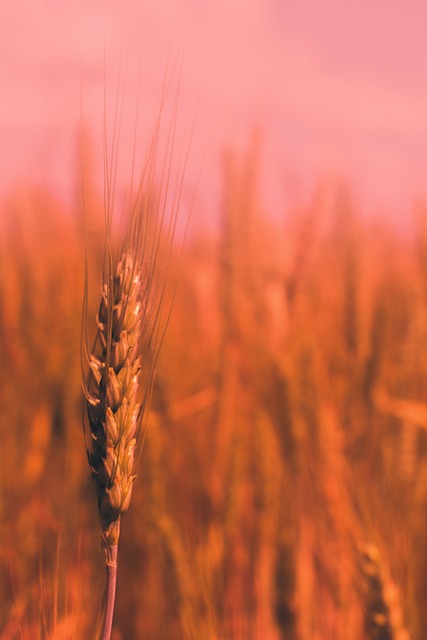
Throughout the cultivation and harvesting process of THCA flower, several critical factors significantly influence the quality as indicated by lab reports. Temperature and humidity levels within the growing environment are pivotal; they must remain optimal to ensure potency and purity of the THCA compound. Excessive heat or humidity can lead to the degradation of THCA into other cannabinoids, affecting the desired effects upon consumption. Lighting is equally important, with recommendations for spectrums that mimic natural sunlight to encourage healthy plant growth without inducing unwanted psychoactive effects associated with THC.
Soil quality and nutrient management are also factors that contribute to the integrity of THCA flower. Lab reports have shown that organic, well-draining soil promotes a more robust and resinous yield. Nutrient ratios must be carefully balanced to avoid nutrient burn or deficiencies, both of which can negatively impact the potency and purity of the THCA flower. Additionally, the genetic strain chosen plays a significant role; some strains are naturally higher in THCA content and possess desirable terpene profiles that contribute to the overall quality and efficacy of the product as confirmed by analytical tests. Growers must meticulously monitor these factors to achieve a high-quality THCA flower, which is essential for users seeking the therapeutic benefits associated with this non-psychoactive cannabinoid.
Utilizing THCA Flower in Various Consumption Methods: Practical Applications and Reported Experiences
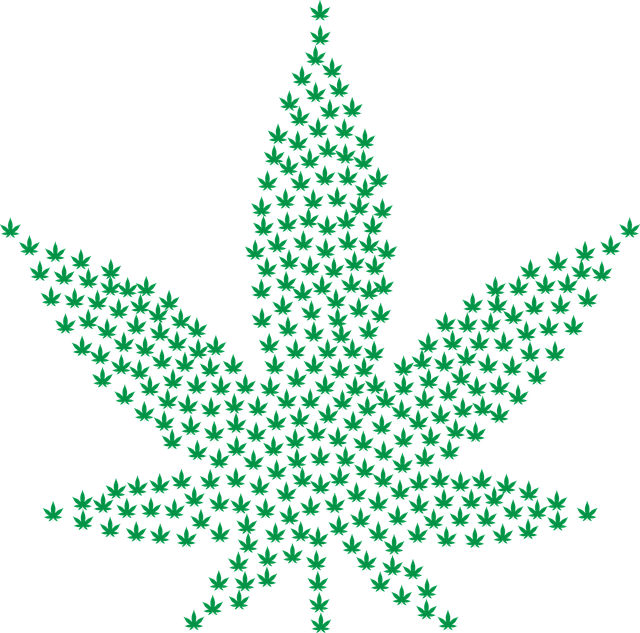
THCA flower, which is the raw, uncured form of cannabis rich in tetrahydrocannabinolic acid (THCA), has garnered attention for its potential wellness benefits and unique effects. Laboratory reports have shed light on the properties of THCA, highlighting its non-psychoactive state that offers a distinct experience compared to its decarboxylated counterpart, THC. Users have reported a range of experiences when utilizing THCA flower, often noting its clear-headed, uplifting effects that may be beneficial for daytime use or activities requiring focus and clarity.
The practical applications of THCA flower are diverse, reflecting the creative ways consumers engage with this form of cannabis. It can be consumed directly through smoking or vaporization, offering immediate effects due to its rapid absorption by the body. Alternatively, it can be infused into edibles or incorporated into topical preparations, with lab reports guiding users on optimal dosages and methods for each application. The infusion into foods and creams provides a longer-lasting effect as the THCA is processed through the digestive or skin systems. These varied consumption methods cater to different preferences and needs, ensuring that users can tailor their experience according to their wellness goals or desired effects. Lab reports support these applications by providing detailed information on potency, purity, and terpene profiles, enabling users to make informed choices about their cannabis use.
In conclusion, the THCA flower emerges as a multifaceted subject with profound implications in both therapeutic and recreational contexts. The comprehensive analysis of THCA flower, as detailed in lab reports and clinical studies, underscores its potential benefits and varied applications. From the intricate chemical composition to the impact of cultivation practices on quality, each aspect contributes to a nuanced understanding of this cannabinoid-rich product. Users and researchers alike can leverage the practical applications and real-world experiences discussed to make informed decisions about incorporating THCA flower into their routines. As future studies continue to explore the therapeutic properties and optimal consumption methods, the lab reports and empirical data will remain invaluable resources for anyone interested in the full spectrum of the THCA flower’s effects and benefits.
